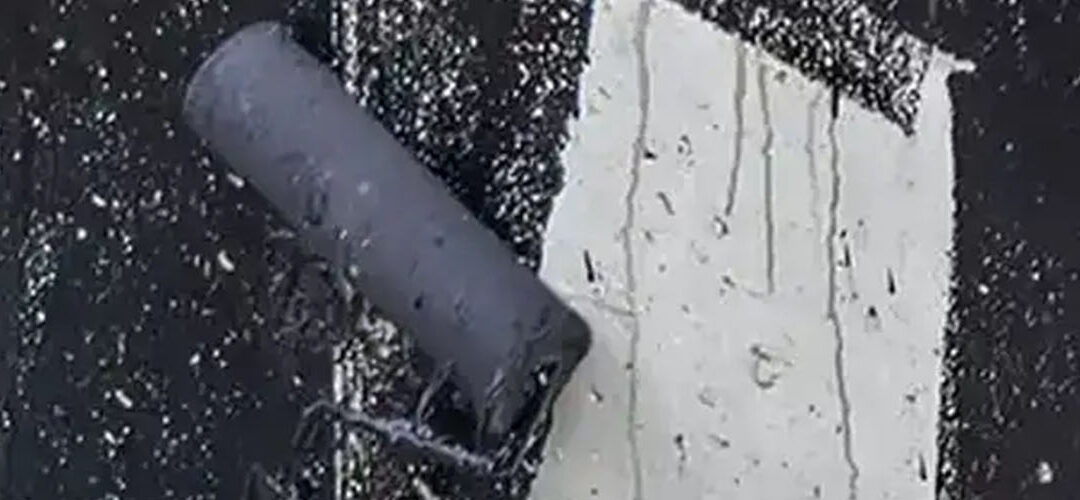Since Basement Waterproofing areas are much lower than the rest of your home, they are more prone to water penetration. They can absorb excess water and cause a good amount of damage to your basements. You need to waterproof it if you notice stains, puddles, or, god forbid, a flooded basement. Nobody likes a damp, leaking basement. However, clearing the water after it has penetrated your home may be challenging. Today, we are listing some simple dos and don’ts of basement waterproofing. These steps help prevent a wet basement from ever occurring.
The Do’s of Wet Basement Waterproofing
-
Keep an eye out on the basement. Regarding your home or business, foundational cracks in your basement can cause significant issues. Ignoring them may end up becoming your worst nightmare. If you discover water in addition to cracking in your basement, examine the area thoroughly, and call for help. These ground cracks are what allow water to enter your building. Be mindful of sealing any gaps you see right away. If not, that little crack can deepen and expand. Basement Crack Repair is crucial in maintaining a secure and dry foundation.
-
Find out where the moisture is coming from the basement. Since no two basements are the same, the water penetration problems will also differ along with the solution. Therefore, it is always a good idea to examine your home and determine where the problem is. This procedure makes it easy for you and the professionals you have hired to tackle the problem head-on. If you suspect stains from water damage, try using a flashlight. It may reveal white or grey spots that seem yellow when illuminated. The term for this is efflorescence. Stains are left behind as a result of the evaporation of water and the subsequent dissolving of salt. Foundation Waterproofing can help prevent such moisture-related issues.
-
Trust waterproofing experts. An expert is not created by reading one guide on basement wall waterproofing. You shouldn’t feel bad if you’re still worried about flooding or dampness in your Basement Waterproofing and aren’t confident of managing it alone. It could be beneficial to speak with a basement waterproofing expert in this situation. Never be afraid to ask for help!
The Don’ts of Basement Wall Waterproofing
-
Ignore cracks and openings in the basement. As we mentioned before, ignoring cracks can lead to worse damage. If you see any cracking in the concrete, it is best to seal it with a cement bond using professional help. Sealing cracks is one of the initial Foundation Waterproofing stages. https://zavzaseal.com/blog/tips-to-wet-basement-waterproofing/ will smoothen any unevenness in your walls and quickly bind to any openings or gaps, ensuring your foundation stays protected. You should always contact a professional if you see huge or multiple cracks in your walls or floor. Serious issues are not DIY-friendly. Ensure getting proper help at the right time.
-
DIY on basement waterproofing. There is an increasing number of homeowners trying to embark on the project of taking care of the basement walls themselves. Their inexperience, lack of understanding, and inaccessibility to the required tools and products will only worsen matters. We always recommend against waterproofing basement walls on your own. You should speak with professionals to assist with Foundation Repair solutions that can be more long-lasting and durable.
-
Work in a damp, moisture-ridden basement. Flooded basements create hazardous working conditions in addition to being dangerous. The worst-case situation in a murky basement flood is charged water and even electrocution. Always turn off the electricity before entering to drain any standing water in your Basement Waterproofing. Additionally, installing a Sump Pump Installation can be a proactive step in preventing water accumulation and ensuring your basement remains dry and safe.
Related Blog Posts:
Related Services:
Our service areas:
Get A Free Estimate

